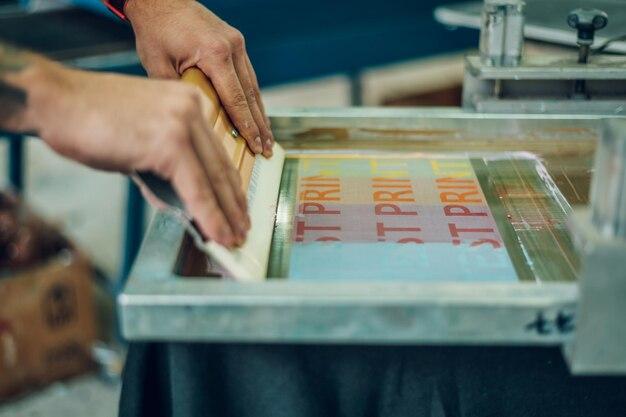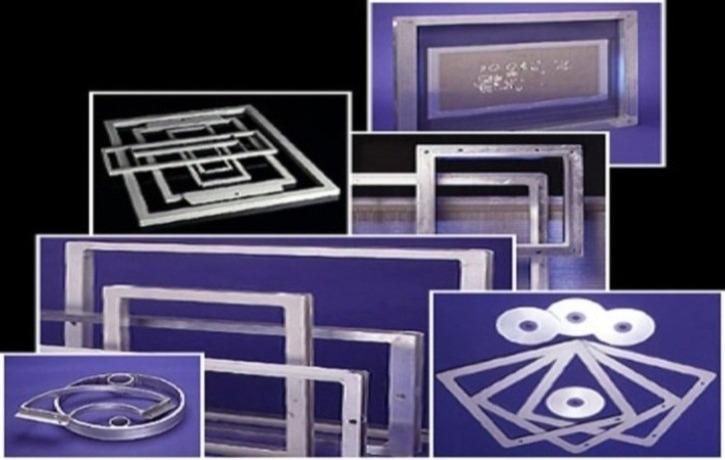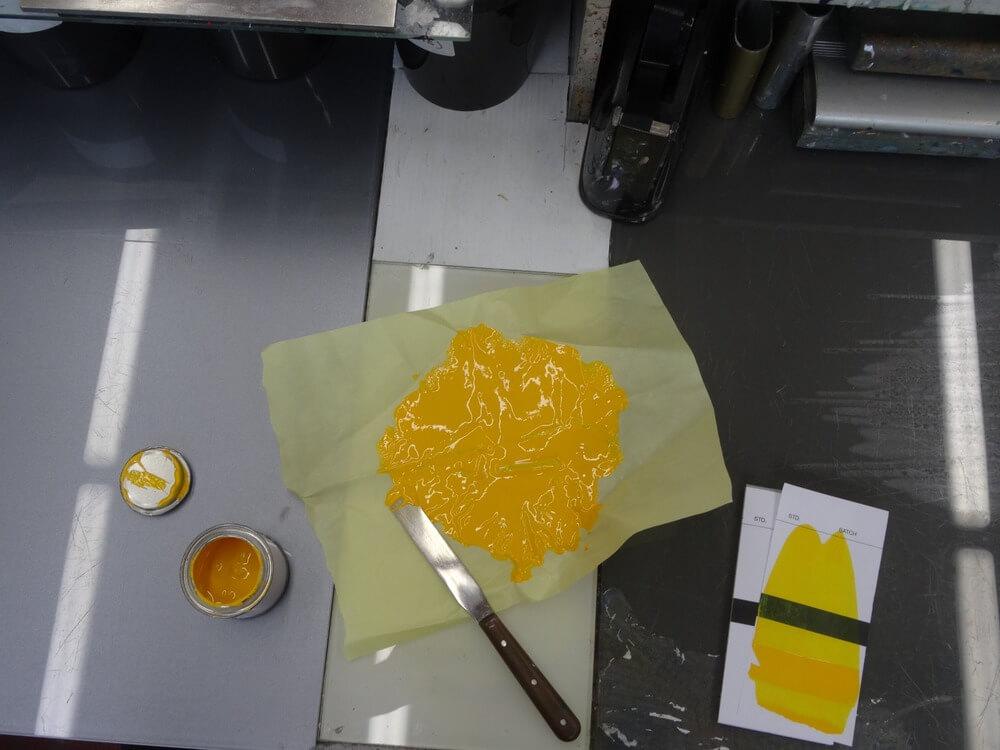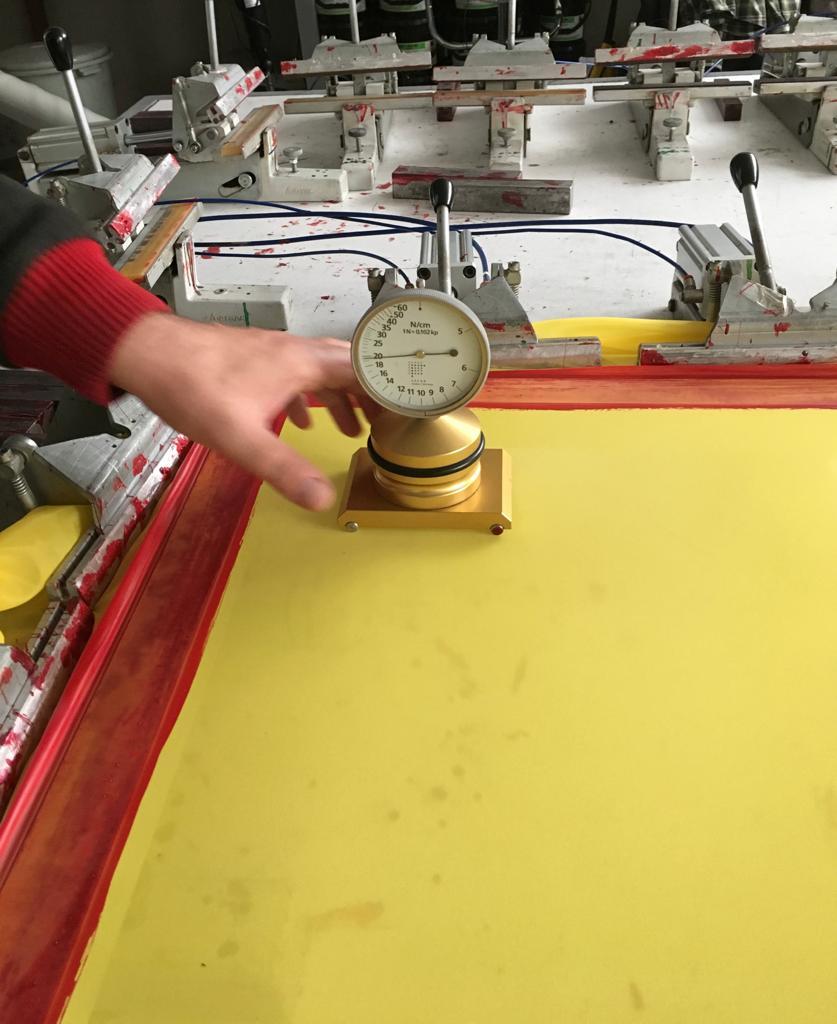Our Services
Exposuring
Serigrafi ve Filtre
"Exposure" is a step used in the screen printing process, which allows the preparation of printing stencils by exposing them to light in a photographic manner.
Exposure is an important step in the preparation of stencils used for printing. This step enables the transfer of the print design onto the stencil in a photographic manner. Exposure begins with the application of a photosensitive emulsion layer onto the stencil.
Firstly, the photosensitive emulsion layer to be applied to the stencil is prepared. The emulsion layer is evenly spread over the surface of the stencil.
Next, a photographic negative or positive film of the print design is prepared. This film contains the negative or positive image of the desired design. The film is placed on the stencil and aligned properly.
The stencil and the film are brought together in an exposure unit. The exposure unit has a strong light source that will transfer the pattern from the film onto the stencil. As the light passes through the pattern on the film, the photosensitive emulsion layer on the stencil undergoes a chemical reaction.
Finally, the stencil is washed and dried. These steps allow for the removal of excess emulsion and the preparation of the stencil for use.
Stencil exposure ensures the accurate and clear transfer of the print design onto the stencil. This step is crucial in achieving high-quality printing results and is an integral part of the screen printing process.




